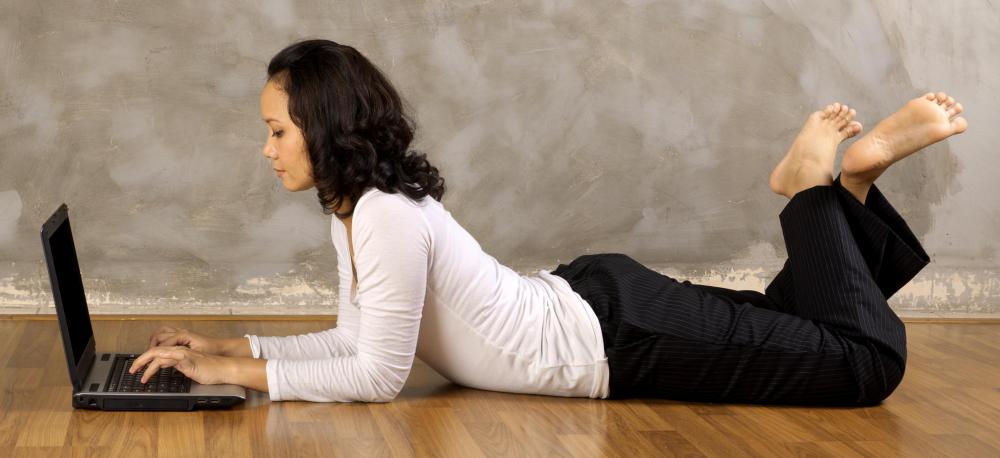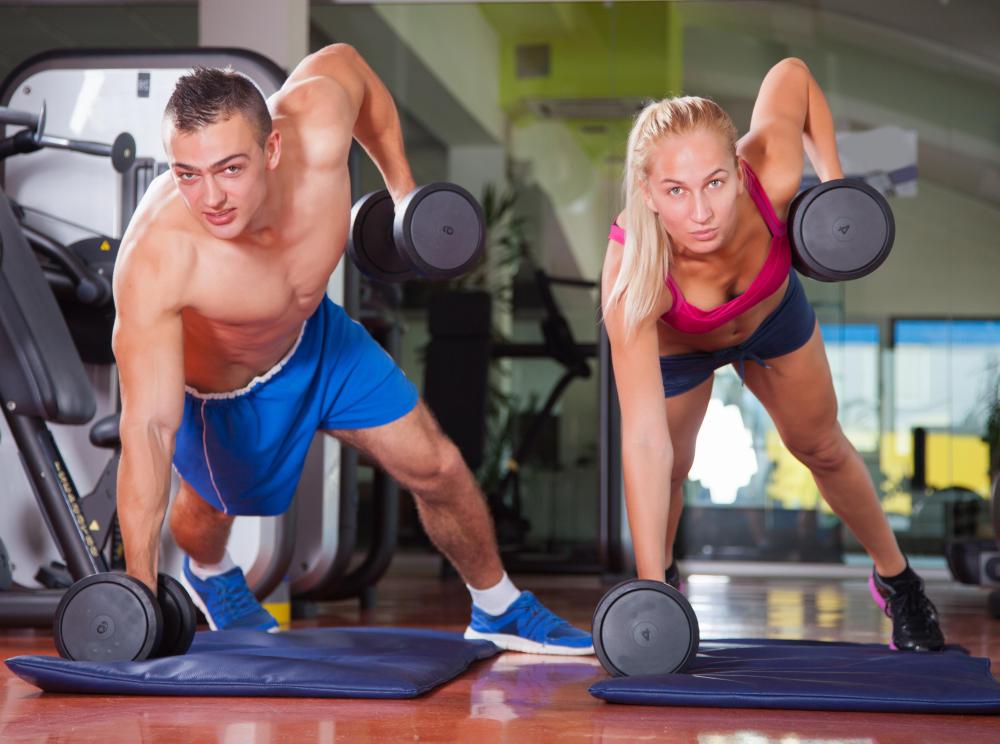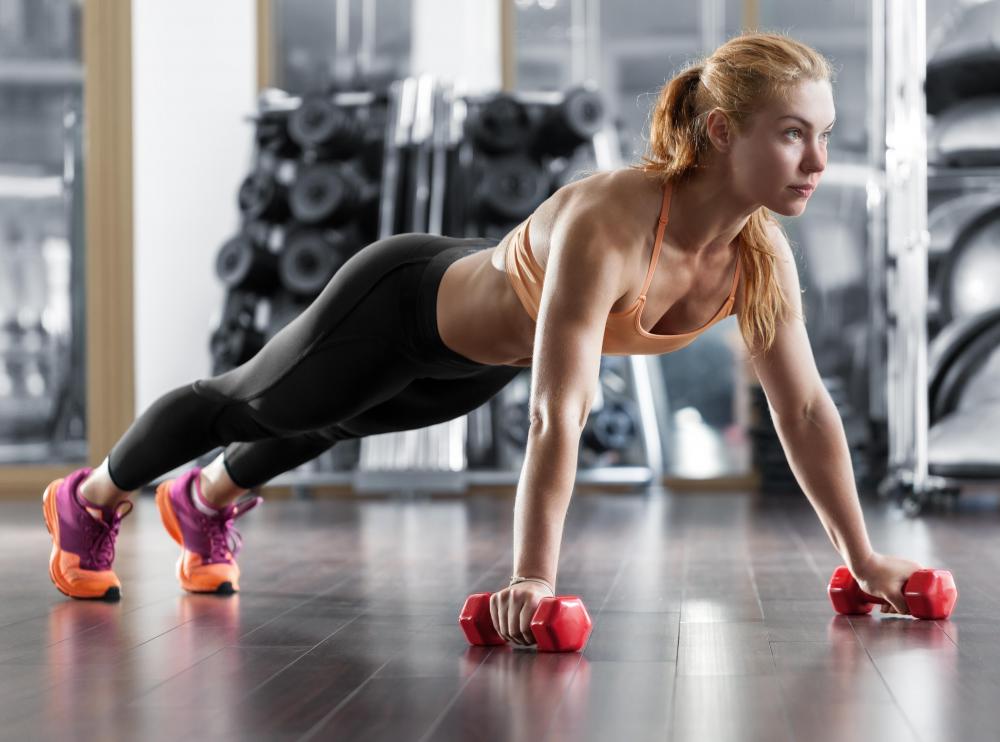At TheHealthBoard, we're committed to delivering accurate, trustworthy information. Our expert-authored content is rigorously fact-checked and sourced from credible authorities. Discover how we uphold the highest standards in providing you with reliable knowledge.
What is Prone Position?
Prone position is an anatomical term that indicates a face-down body position. It can refer to the position of the entire body, as in lying on one’s stomach, or to the position of a limb, as when the palm of the hand is turned face-down. In the case of the hand, to move into this position is to pronate, which specifically refers to the rotation of the forearm that turns the hand face-down. The opposite of prone is supine, which describes the body as lying face-up or the forearm with the palm rotated face-up, or supinated.
In anatomy, all bodily positions are described relative to anatomical position. Anatomical position is a position of neutral alignment and a point of reference for defining movements. It describes the body in a standing position with feet hip-width apart and toes pointing straight ahead, pelvis neither arched back nor tucked under, arms down at sides with palms facing forward, and chin neither tilted down nor up. Relative to anatomical position, therefore, prone position describes the body as lying face-down instead of standing. When in anatomical position, the hand is prone when the palms are turned backward.

This position is often required in strength training when lifting with free weights like dumbbells because, in order to place the maximum amount of resistance on the working muscles, dumbbells must be used against gravity and thus moved vertically through space. To work the muscles on the back of the body, then, the exerciser must position himself in a bent-over or face-down position. Similarly, a number of body-weight exercises that work the muscles on the posterior side of the body dictate that prone position be used.

Muscles typically exercised in this position are the posterior chain muscles. These include the hamstrings, glutes, lower back muscles such as the erector spinae, and the upper back muscles such as the rhomboids. Because these muscles are responsible for the extension of the hip, lower back, and shoulder joints. They pull these joints backward relative to anatomical position, and therefore can be worked by lying prone.

Some exercises for the posterior chain muscles that can be performed in prone position are low back extensions, hip extensions — known as reverse hyperextensions when lying prone — and reverse flies. To perform low back extensions, one would lie face-down with hands lightly folded behind the head, elbows out to either side, and slowly lift the chest off the floor, pausing briefly before returning back down. Reverse hyperextensions are performed in the same position, but the legs are lifted and lowered rather than the upper body, and therefore the hamstrings and glutes are worked in addition to the lower back muscles.

To do reverse flies, one should lie prone with lightweight dumbbells in hands, palms down and arms extended straight out to either side. As with the back extensions, he should lift the chest slightly off the floor while pinching the shoulder blades together, lifting the dumbbells a few inches off the floor using the upper back and posterior deltoid muscles. After a brief pause at the top, he should return the dumbbells to the floor and, without pausing, repeat the movement.
AS FEATURED ON:
AS FEATURED ON:














Discussion Comments
Both the prone and supine position are also important for stretching techniques like yoga. In this case, the most important thing is making sure your vertebrae are lined up symmetrically as you lie in either position.
Learning to correctly do the prone position for weight lifting is a little more complicated than it sounds. While it is basically lying on your stomach, often on a weight bench, there are ways that you have to do so in order to prevent injury.
For example, many people try to keep their head up, which can cause you to crane your neck and get a cramp, or even a more serious injury by putting weight on your spine incorrectly. Depending on the type of exercise, it can also be important to either hold your hands in front of you, if you're trying to do leg lifts or something like that, or to try to anchor your feet if you're using your arms.
Post your comments